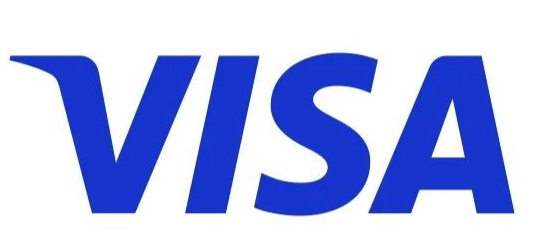The SEPA Instant Credit Transfer (SICT) is set to transform payments across Europe, making them faster and more convenient. As society becomes more digital, people expect quicker and easier services. With SICT, transfers are processed in under ten seconds, available 24/7, fitting perfectly with today’s fast-paced lifestyle. In recent years, smartphones and online shopping have changed the way we buy things. People now shop at any time, even during holidays and weekends, when traditional bank payments aren’t available. Businesses, in turn, want to get paid as quickly as possible after selling their goods or services. The SICT scheme addresses these needs, offering instant payments across Europe.
The Need for Change
The need for a pan-European instant payment system has been clear for some time. Before SICT, many countries were developing their own systems, but these wouldn’t have worked across borders. This would have created a fragmented payment system, slowing down efforts to harmonise payments in Europe. In November 2017, SICT became operational, offering a solution that works across 36 countries, making it easier for payments to flow smoothly across borders. Currently, over 2,300 payment service providers (PSPs) have joined the scheme, representing about 67% of PSPs in Europe. These providers now allow euro transfers to be made instantly across the SEPA region.
Key Features
An initial transaction duration of 10 seconds:
The limit is set at €100,000:
The transaction must be made in euros.
In the first ninety days of its official launch in 2025, we’ll likely see a rise in payment volumes as people get used to the new system. Financial institutions that are prepared for the rollout will quickly see the benefits—faster payments, more satisfied customers, and a competitive edge. However, some banks may face penalties if they don’t meet the deadline. Delays in implementing the new system could lead to frustrated customers and a loss of market share.
Fees
The matter of fees charged is outside the scope of SICT. In general, each PSP will decide on its pricing policy. PSPs that adhere to the scheme (at least as a beneficiary of the SICT transaction) must fill out the European Payments Council form. Each participating PSP will pay an annual scheme participation fee.
The Future
After some time, mass adoption will take place, and the way we make payments will likely have changed significantly. Consumers will expect all payments to be instant, and businesses will have adapted to the new system. The financial institutions that were ready from the start will be the big winners, gaining market share and building loyalty with customers. Once SICT is fully adopted, attention will shift to what comes next.
Risks
With faster payments comes an increased risk of financial crime. Fraudsters may try to exploit weaknesses in the system, so banks will need to invest in stronger security measures to keep transactions safe. Cost savings for consumers and businesses may take time to emerge, but in the long run, the efficiency of instant payments will likely reduce overall costs. Also, not all banks are equally prepared for the rollout. Some may struggle to meet the deadline, facing penalties and customer dissatisfaction. On the other hand, banks that are ready to leverage the new system will have a chance to stand out by offering enhanced services and gaining new customers.
Popular Use Cases
Certain industries will benefit from instant payments right away. E-commerce businesses will enjoy faster settlements, allowing them to ship products more quickly. Small businesses will also see benefits, as faster payments improve their cash flow. Large corporations handling payroll or supplier payments will find the speed of SICT invaluable for managing their finances more effectively. The system will also help promote financial inclusion. By making instant payments available across Europe, the system will help reduce barriers to financial services, making it easier for people and businesses from all backgrounds to participate in the economy.
Wero
In 2024, Europe launched a digital payment system called Wero, which will further enhance the payment experience. Wero is expected to streamline cross-border payments, making transactions even faster and more convenient for both consumers and businesses.
Summary
The SEPA Instant Credit Transfer (SICT) is poised to revolutionise payments across Europe, providing fast, secure, and convenient transactions. Its widespread adoption will benefit both consumers and businesses, offering instant transfers and promoting financial inclusion. While challenges such as security risks and varying levels of preparedness among banks exist, those ready to embrace the system stand to gain significant market advantages.



